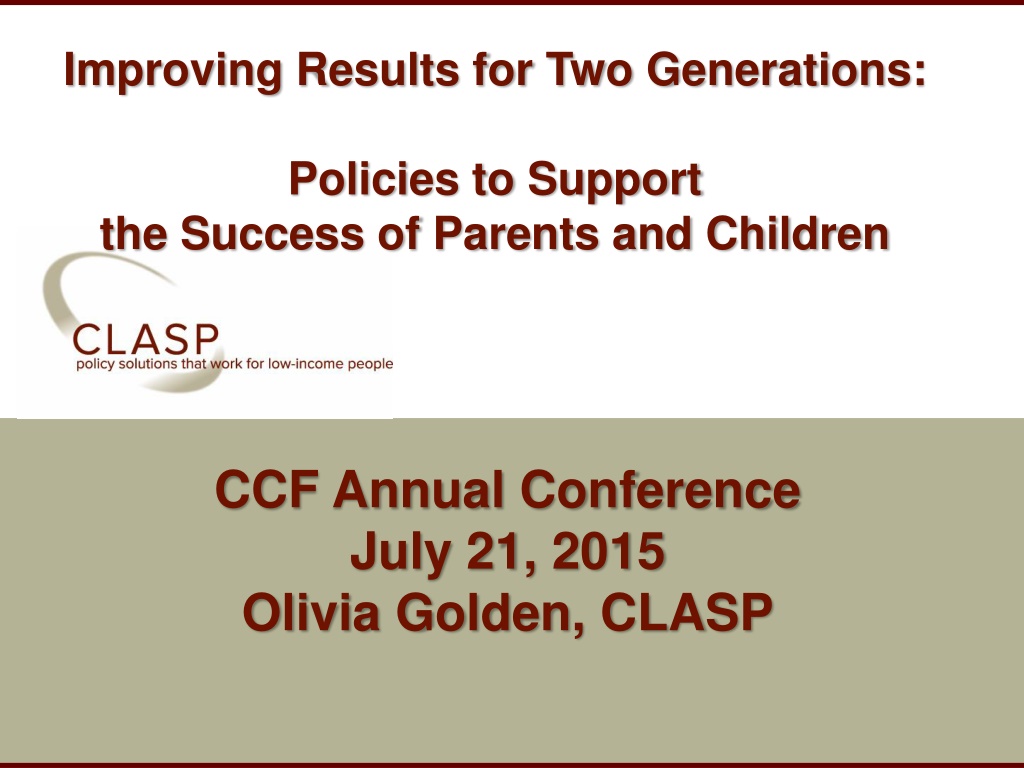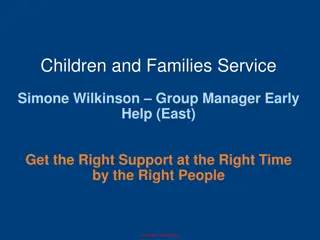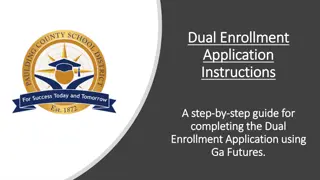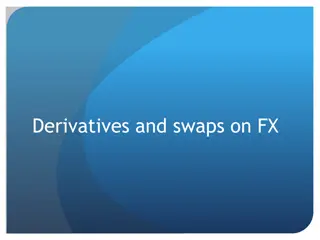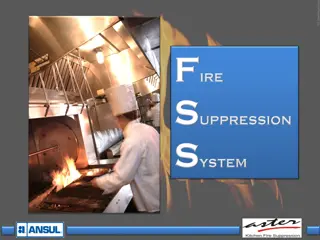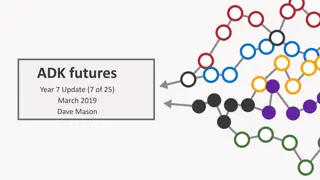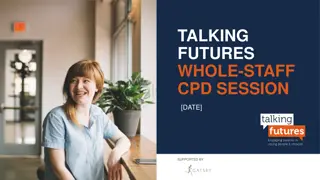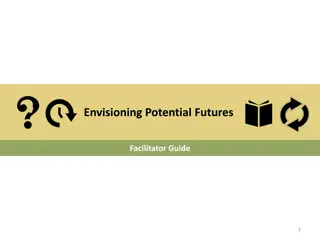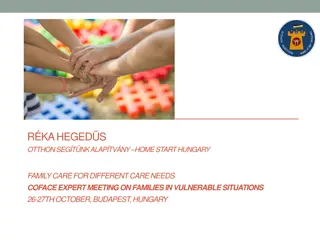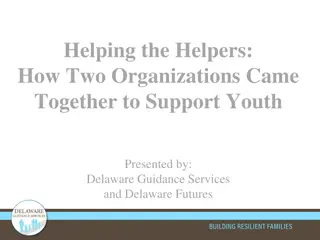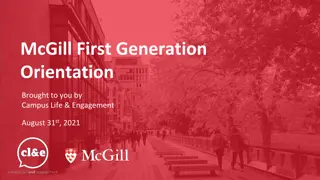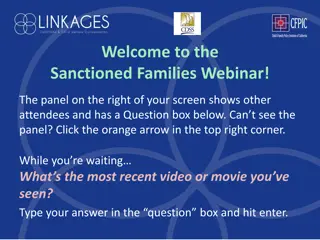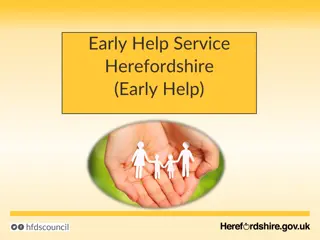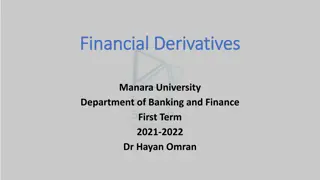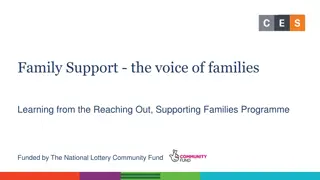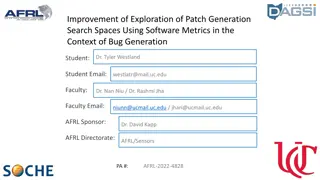Supporting Families for Better Futures: Two-Generation Strategies Overview
Highlighting the significance of two-generational strategies, this content emphasizes the need to support parents and children for improved outcomes. It sheds light on key statistics regarding child poverty and maternal employment, while outlining top policy opportunities and action steps to create a positive impact. The comprehensive approach advocated aims to address health, education, and socioeconomic challenges faced by families, promoting a culture of learning and early intervention for lasting change.
Download Presentation

Please find below an Image/Link to download the presentation.
The content on the website is provided AS IS for your information and personal use only. It may not be sold, licensed, or shared on other websites without obtaining consent from the author. Download presentation by click this link. If you encounter any issues during the download, it is possible that the publisher has removed the file from their server.
E N D
Presentation Transcript
Improving Results for Two Generations: Policies to Support the Success of Parents and Children CCF Annual Conference July 21, 2015 Olivia Golden, CLASP www.clasp.org
Why two-generational strategies matter Now more than ever . 2
Children are the poorest Americans (20% for children vs. 14% for adults). Children under age 5 are the poorest (22%). Almost half live in low-income families. Black children (38%) and Hispanic children (30%) are most likely to be poor. Two in five (42%) children and young adults live in low-income families struggling to pay the bills. www.clasp.org
80 70 60 Dramatic increase in mothers work, especially in the first years of life. Labor force participation, all mothers 50 40 Labor force participation, mothers of child under 3 30 20 Source: http://www.bls.gov/opu b/reports/cps/womenla borforce_2013.pdf 10 0 1975 1990 2012 www.clasp.org
1. Helping parents get treatment for health and mental health problems. 2. Making child care subsidy policies fit family needs (CCDBG reauthorization). 3. Strengthening education and training pathways ( WIOA ). 4. Improving low-wage work schedules and leave. 5. Ensuring a two-generational approach for youth and families of color. www.clasp.org
1. Start from diagnosis. 2. Pick priorities. 3. Make vision real through early action. 4. Stretch, don t break, agency missions. 5. No over-promising. 6. Create a culture of learning. www.clasp.org
Overview of Two-Generational Strategies http://www.clasp.org/resources-and- publications/publication-1/Two-Gen-Brief-FINAL.pdf http://www.clasp.org/resources-and- publications/publication-1/IOM-Parenting- Committee-Comments.pdf Health Care http://www.clasp.org/resources-and- publications/publication-1/Maternal-Depression-and- Poverty-Brief-1.pdf http://www.clasp.org/issues/work-support-strategies www.clasp.org
Child care and WIOA http://www.clasp.org/resources-and-publications/publication- 1/ccdbg-guide-for-states-final.pdf http://www.clasp.org/resources-and-publications/publication- 1/KeyProvisionsofWIOA-Final.pdf http://www.clasp.org/issues/postsecondary/wioa-game-plan Improving the Quality of Low-Wage Work http://www.clasp.org/resources-and-publications/publication- 1/2014-03-27-Scrambling-for-Stability-The-Challenges-of-Job- Schedule-Volat-.pdf http://www.clasp.org/resources-and-publications/publication- 1/Job-Hours-and-Schedules.pdf www.clasp.org
